Cardiogenic shock is the most severe complication of myocardial infarction…. To save the patient’s life, doctors at Bach Mai Hospital had to perform an artificial heart-lung machine (ECMO) before performing the intervention of placing 2 stents.
A 52-year-old male patient was admitted to Ha Nam Provincial General Hospital due to severe chest pain and difficulty breathing.
The patient was diagnosed with acute myocardial infarction/had a history of diabetes for many years, and was treated with oxygen, pain relief, and antiplatelet drugs.
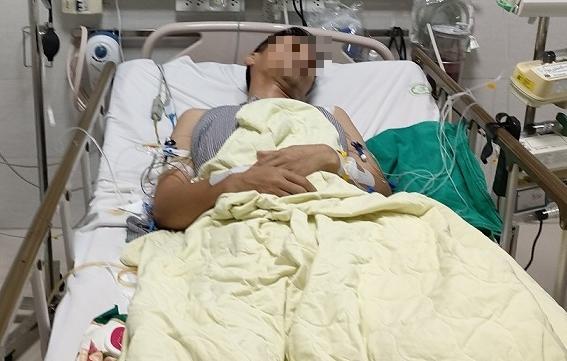
The patient was miraculously saved (photo TL).
However, after only 45 minutes of hospitalization, the disease progressed severely: arrhythmia appeared, circulatory arrest occurred, and after 10 minutes of emergency resuscitation, the pulse returned.
Doctors at Ha Nam Provincial General Hospital immediately performed endotracheal intubation, maintained vasopressor drugs, and transferred the patient to Bach Mai Hospital.
The patient was admitted to the A9 Emergency Center, Bach Mai Hospital in the following condition: conscious, responsive, blood pressure 120/80, however, heart rate 100 and was being maintained on high-dose vasopressors (noradrenaline and dobutamine).
Immediately, the patient was consulted by leading experts of the Cardiovascular Institute.
Through clinical assessment and test results, the patient was diagnosed with: Acute myocardial infarction complicated by cardiogenic shock and circulatory arrest.
With their extensive emergency experience, the doctors determined that this was a very complicated case of myocardial infarction, with stenosis of all three main coronary arteries causing a lack of blood supply to the heart, with a very high risk of death.
Another urgent interdisciplinary consultation between A9 Emergency Center, Cardiovascular Institute and Intensive Care Center was convened to develop a treatment plan and save the patient's life.
The treatment strategy is: Acute coronary revascularization intervention. However, to ensure maximum safety, the patient needs to be given cardiopulmonary support before the intervention.
Because, with the condition of nearly strangulation of all 3 arteries, the patient is at risk of stopping recirculation during the intervention.
The tripod consisting of leading experts in the fields of Intensive Care, Cardiology and Emergency Medicine coordinated harmoniously to form a solid “shield”, protecting the patient from the scythe of death. The intervention was successful as expected.
The patient had two stents placed and was then transferred to the Intensive Care Center for further treatment.
At the Intensive Care Center, patients are closely monitored, adjusted, and weighed by doctors and medical staff.
The patient's cardiogenic shock condition gradually improved. After only one day of intervention, the patient was able to remove the endotracheal tube, breathe on his own, gradually reduce the dose of vasopressors, and on the fifth day, the artificial heart-lung support was stopped.
Not only receiving active treatment, patients also receive comprehensive care from nurses and medical staff of the Center, from food, sleep to all personal activities.
MSc. Dr. Nguyen Tu Anh, Intensive Care Center, who participated in treating the case, said: Myocardial infarction is a common disease in Vietnam as well as in the world .
High-risk subjects are: men, over 50 years old, smokers, hypertensive, diabetic. The signs to recognize are usually severe chest pain, lasting 15-30 minutes, can spread to 2 shoulders or arms.
The pain often appears after the patient exerts himself or rests. At that time, the patient feels short of breath and sweats.
Therefore, to avoid unfortunate situations that may occur, when seeing the above signs, people with symptoms should urgently go to a hospital with a cardiology department for timely examination and consultation.
In this patient's case, it can be said that this is one of the very severe cases of coronary artery disease. Cardiogenic shock is the most severe complication of myocardial infarction.
Fortunately, the patient was admitted to the hospital early and received timely initial treatment at a lower-level hospital. Ha Nam Provincial General Hospital - where the patient received initial first aid - is one of the satellite hospitals of Bach Mai Hospital, an extended arm of Bach Mai.
All modern and advanced techniques are shared, guided and updated promptly by Bach Mai Hospital.
When transferred to Bach Mai Hospital, the patient was also diagnosed by leading experts with extensive experience and treatment skills.
The patient was diagnosed and treated in the right direction from the beginning, with the right regimen and active treatment, so he miraculously escaped death. After 15 days of treatment at Bach Mai Hospital, on May 4, the patient was able to leave the hospital bed and return home on his own two feet.
Yes, being able to step out of the Intensive Care Center on one's own two feet is a joy for the patient, the patient's family, and also a boundless happiness for those wearing the white coat.
Hopefully, every citizen will always uphold the spirit of prevention rather than cure, and should regularly go for medical check-ups to always have a healthy body.
Source










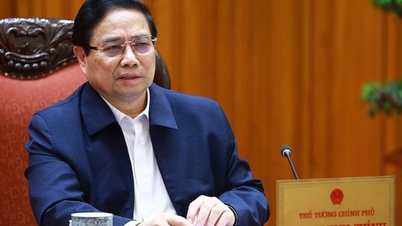

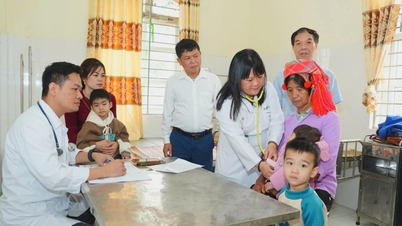



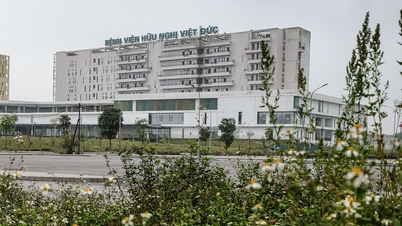

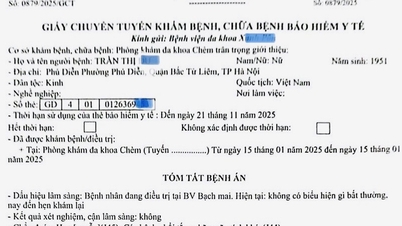



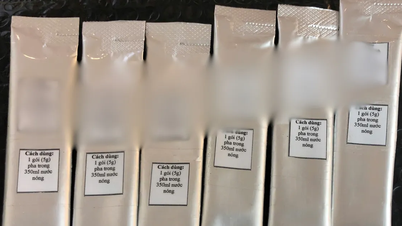

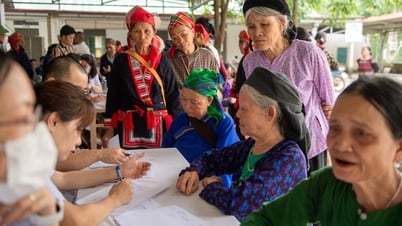








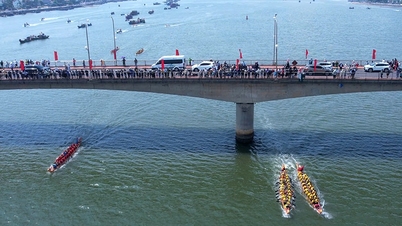
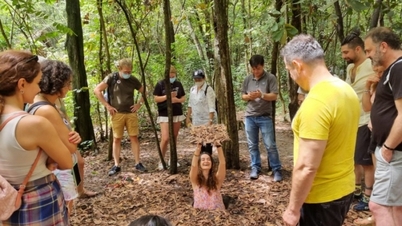

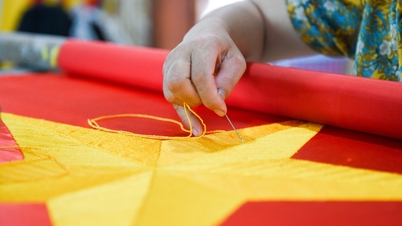

![[Photo] Nearly 104,000 candidates in Hanoi complete procedures to take the 10th grade entrance exam](https://vphoto.vietnam.vn/thumb/1200x675/vietnam/resource/IMAGE/2025/6/7/7dbf58fd77224eb583ea5c819ebf5a4e)
















































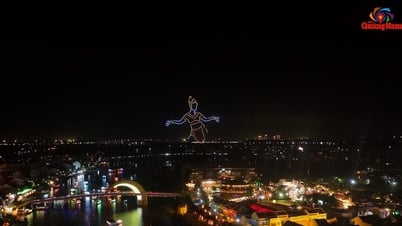








![[OCOP REVIEW] Tu Duyen Syrup - The essence of herbs from the mountains and forests of Nhu Thanh](https://vphoto.vietnam.vn/thumb/402x226/vietnam/resource/IMAGE/2025/6/5/58ca32fce4ec44039e444fbfae7e75ec)



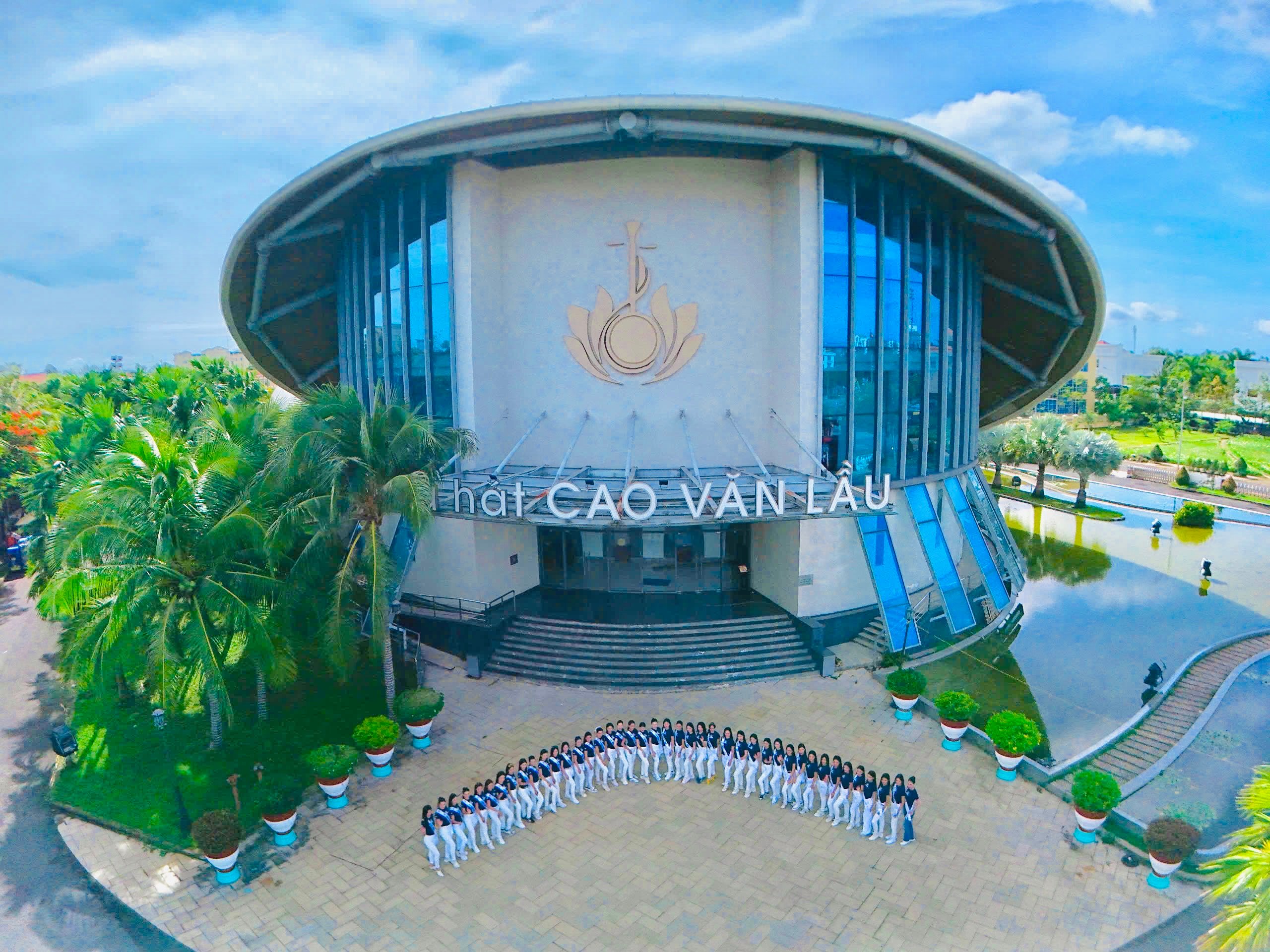



Comment (0)